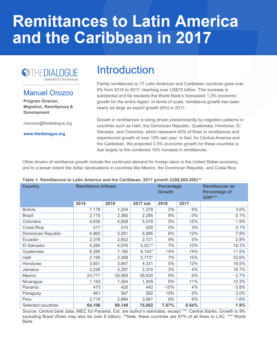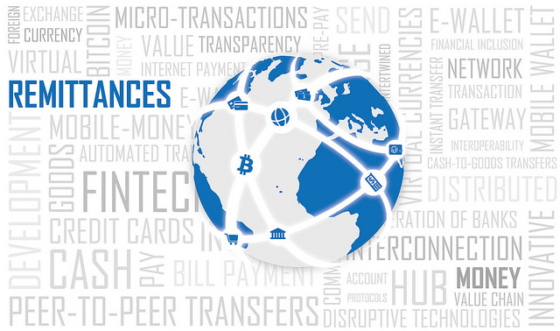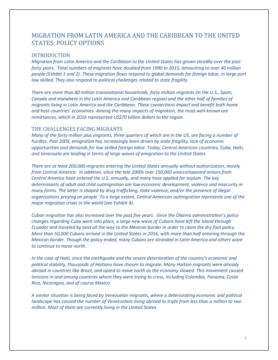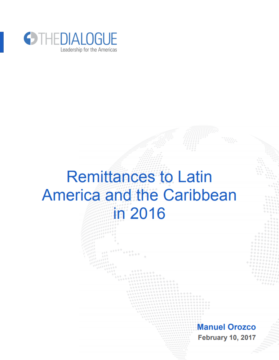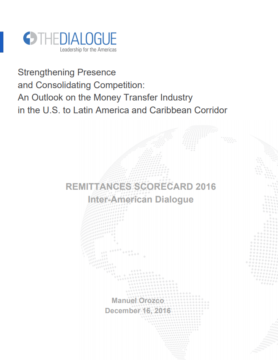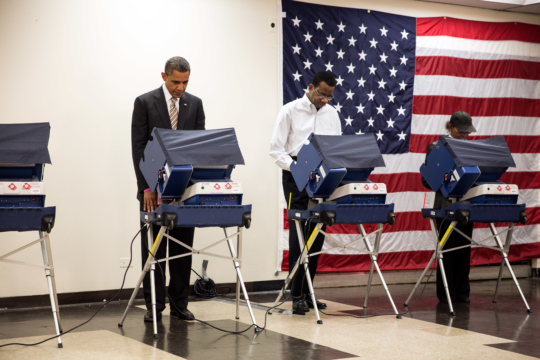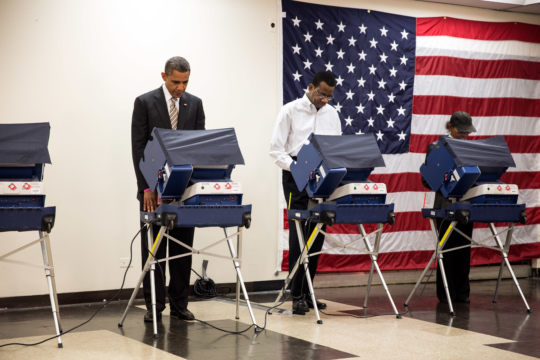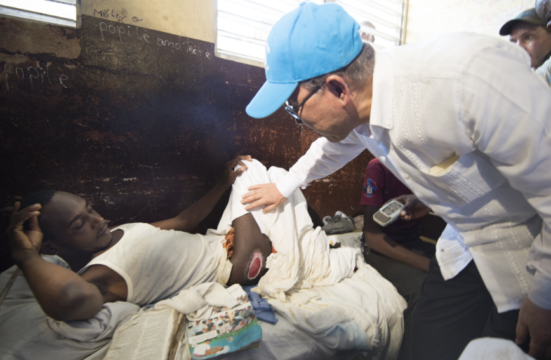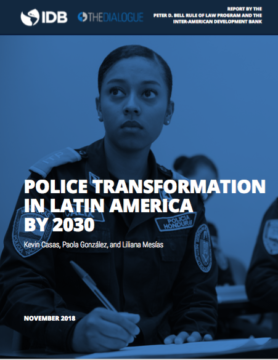
Police Transformation in Latin America by 2030
A new report by Dialogue fellow Kevin Casas, Paola González and Liliana Mesías analyzes the dominant trends in police behavior and organization and predicts how they will shape police forces over time.
A new report by Dialogue fellow Kevin Casas, Paola González and Liliana Mesías analyzes the dominant trends in police behavior and organization and predicts how they will shape police forces over time.
El Director del Programa de Migración, Remesas y Desarrollo del Dialogo Interamericano, Manuel Orozco, comentó para CNN acerca de la suspensión del término del TPS.
Manuel Orozco ofrece su opinión acerca de la situación migratoria de Haití y del contexto económico que viven los haitianos. Asimismo, ofrece un panorama de opciones para que la situación actual cambie de manera profunda y permanente.
On June 29, the Inter-American Dialogue hosted an event titled “Immigrant Families: Separation, Reunification, and Legal Challenges.” The conversation analyzed Trump administration’s May 2018 “zero tolerance policy.”
Una de las reacciones de immigrantes ante las nuevas políticas migratorias es enviar más remesas.
La eliminación del Estatus de Protección Temporal implica un cambio en el volumen de las transferencias de remesas hacia Centroámerica.
On January 25, 2018 the Inter-American Dialogue’s Migration, Remittances & Development Program hosted “Remittances to Latin America and the Caribbean in 2017,” an annual event presenting remittance flows to the region.
Remittances to Latin America and the Caribbean grew over 8% in 2017, according to new research by the Inter-American Dialogue.
Enabling tools that motivate remittance recipients to access and use a variety of financial services needed to increase assets is key to wealth generation.
Migration from Latin America and the Caribbean to the United States has grown steadily over the past forty years. In addition to leaving their countries amidst political and economic hardship, the vast majority of these migrants face additional challenges to their legal status. One way to look for solutions is to consider a comprehensive approach to migration through recruitment, retention, return, relief and reform.
In 2016, the flow of remittances to Latin America and the Caribbean surpassed US $70 billion. In the 20 countries for which there is data available, the flow reached US$69 billion. This increase demonstrates continued growth since the post-recession period. In this article, we find a range of factors shaping this growth,
In its fourth edition, the Remittances Scorecard ranks 30 companies working in 11 Latin American and Caribbean countries. It evaluates them across 12 indicators to assess their performance and competition in the money transfer industry.
La política exterior de EEUU se verá afectada por una campaña que ha revelado los sentimientos antiinmigración y contrarios a la globalización de una parte importante de los estadounidenses. Latinoamérica, en cualquier caso, no será prioridad para Washington.
Issues, policies, and experience have hardly mattered as the campaign offered round after round of personal insults, accusations of illegal and unsavory behavior, and damning indictments of US leaders and institutions.
Hurricane Matthew, the most powerful Caribbean hurricane in nearly a decade, ripped through Haiti early this month. What parts of the country and sectors of Haiti’s economy are most in need of aid following the hurricane?
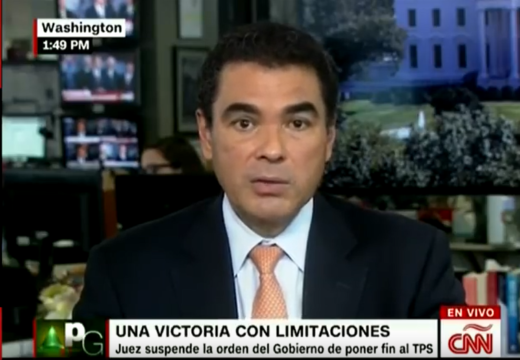 Video
Video
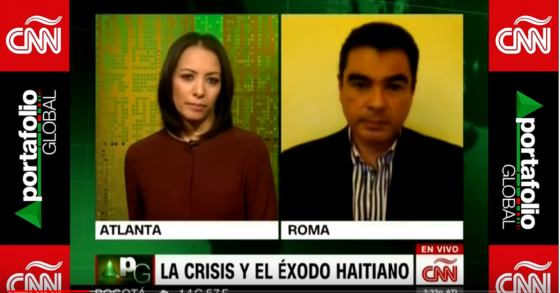 Video
Video
 Video
Video
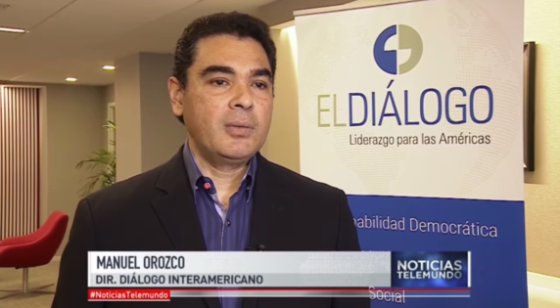 Video
Video
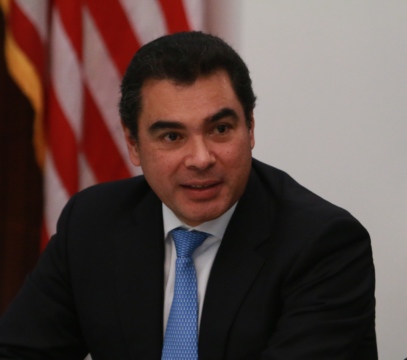
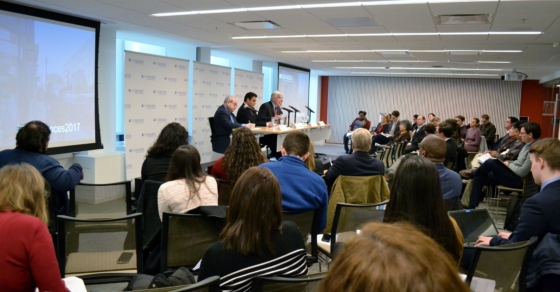 Video
Video
